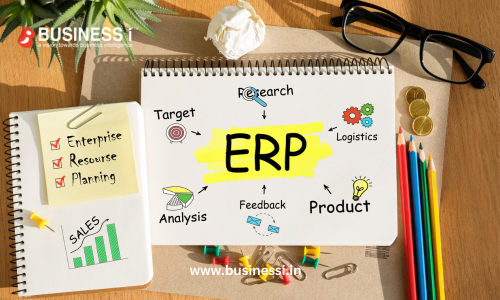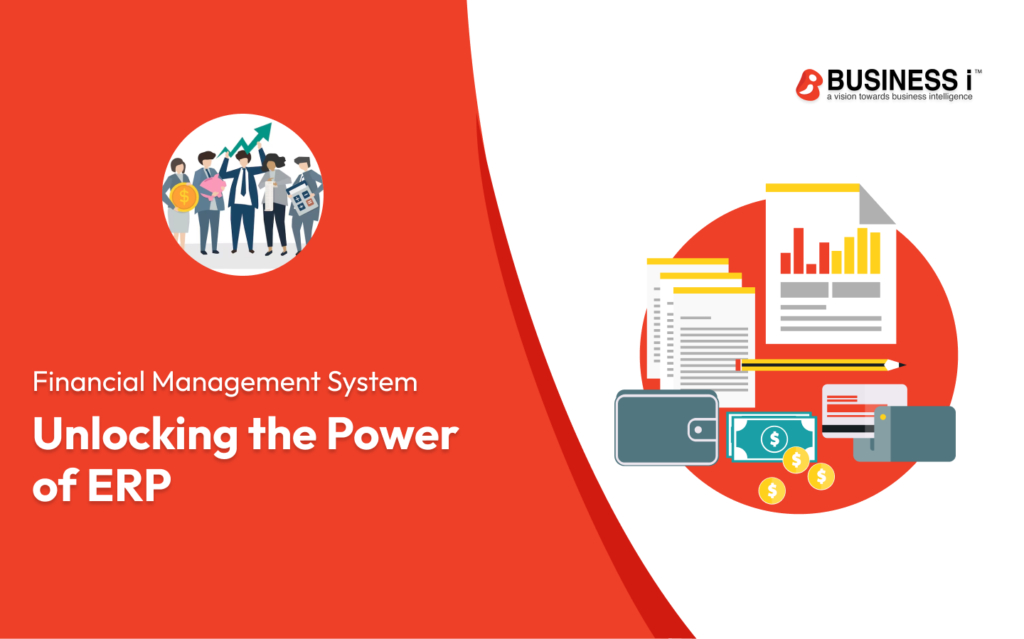Table of Contents
Introduction
In the dynamic landscape of financial management, leveraging technology is crucial for efficiency and accuracy. This blog post delves into the essential aspects of ERP Financial Management System, exploring its key features, implementation strategies, and long-term benefits. We’ll also touch upon the relevance of cutting-edge Financial Software Solutions in enhancing financial processes.
Importance of ERP in Financial Management
Enterprise Resource Planning is a game-changer in the world of financial management. This seamless integration, provided by the ERP Financial Management System, ensures a unified platform for data analysis, reporting, and decision-making. The centralization of financial data ensures real-time insights, facilitating informed and strategic financial decisions.
Key Features of ERP Financial Solutions
- Integrated Financial Modules: The ERP Financial Management System encompasses comprehensive modules, covering all aspects of financial management, including accounting, budgeting, and forecasting.
- Data Security and Compliance: Robust security features and compliance protocols ensure the confidentiality and integrity of financial data, adhering to industry regulations, a crucial aspect of Financial Software Solutions.
- Automation of Routine Tasks: Manual financial tasks are automated, reducing errors, improving efficiency, and allowing finance teams to focus on strategic activities – a testament to the efficiency of Financial Software Solutions.
- Real-Time Reporting: ERP provides instant access to real-time financial reports, empowering stakeholders with up-to-date information for better decision-making. This real-time capability is a hallmark of advanced Financial Software Solutions.
Steps to Implement ERP in Financial Systems
1. Define Objectives and Requirements
Begin by clearly defining the objectives of implementing the ERP Financial Management System. Identify specific requirements to align the system with organizational goals, a crucial step in optimizing Financial Software Solutions.
2. Select the Right ERP Software
Thoroughly research and select an ERP software solution that matches the unique needs of your financial processes. Consider factors such as scalability, user-friendliness, and industry-specific features, essential criteria when choosing Financial Software Solutions.
3. Plan and Prepare for Implementation
Create a comprehensive plan for the implementation process. Prepare the organization by ensuring necessary infrastructure, resources, and stakeholder commitment – foundational steps in adopting the ERP Financial Management System and integrating Financial Software Solutions.
4. Train Your Team
Invest in thorough training programs to familiarize your team with the new ERP Financial Management System. A well-trained workforce ensures optimal utilization and adoption, a critical factor for successful integration of Financial Software Solutions.
5. Test and Evaluate
Before full-scale implementation, conduct rigorous testing to identify and rectify any issues. Evaluate the system’s performance against predefined criteria, ensuring a seamless experience with the ERP Financial Management System and associated Financial Software Solutions.
6. Go Live and Monitor
Gradually roll out the ERP Financial Management System and closely monitor its performance. Address any emerging issues promptly and ensure a smooth transition, emphasizing the need for a robust monitoring system in the world of Financial Software Solutions.
7. Continuous Improvement
Implement a culture of continuous improvement. Regularly assess the ERP Financial Management System’s effectiveness and make enhancements to maximize its benefits over time. This iterative process is crucial for staying ahead in the ever-evolving realm of Financial Software Solutions.

Benefits of ERP Financial Management
Implementing ERP Financial Management System yields numerous benefits, including enhanced efficiency, improved decision-making, and streamlined processes. The long-term advantages position organizations for sustained growth and competitiveness, facilitated by cutting-edge Financial Software Solutions.
Best Practices for Successful ERP Implementation
- Executive Leadership Involvement: Ensure top-level executives are actively involved and supportive throughout the ERP implementation process.
- Effective Communication: Foster transparent communication at all levels to manage expectations and address concerns during the transition, a practice upheld by successful Financial Software Solutions implementation.
- Data Migration Strategy: Develop a robust strategy for migrating existing financial data to the new ERP Financial Management System to avoid data integrity issues – a critical consideration in any transition involving advanced Financial Software Solutions.
- User Feedback and Training Updates: Continuously gather user feedback and update training programs to address evolving needs and challenges, ensuring a dynamic response to the ever-changing landscape of Financial Software Solutions.
- Post-Implementation Support: Establish a dedicated support system to address post-implementation issues promptly, ensuring a seamless user experience and the continued effectiveness of the ERP Financial Management System and associated Financial Software Solutions.
Conclusion
In conclusion, the integration of an ERP Financial Management System is not just a technological upgrade but a strategic move towards sustainable growth. By understanding and implementing the key aspects discussed in this post, organizations can harness the full potential of ERP Financial Management System, revolutionizing their financial management practices with cutting-edge Financial Software Solutions.

